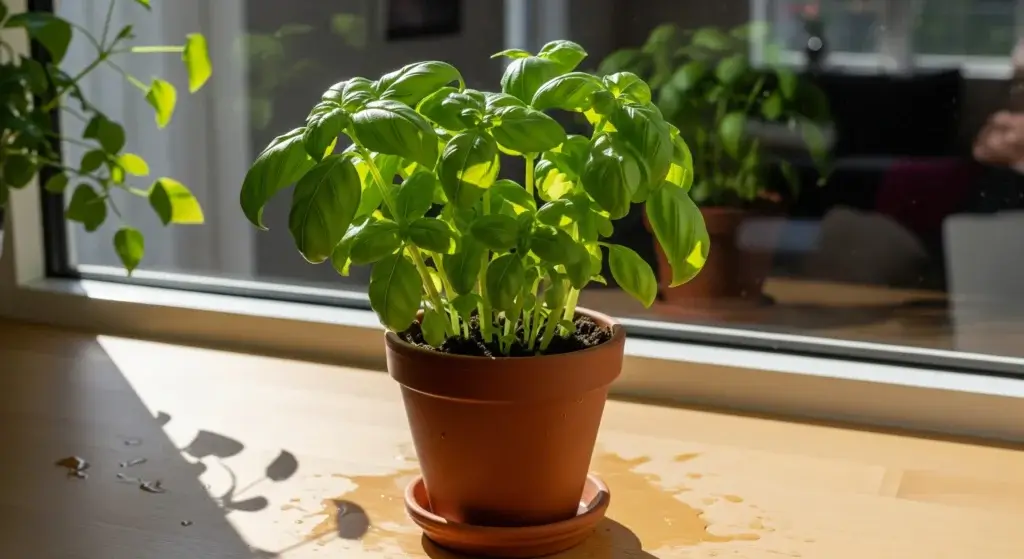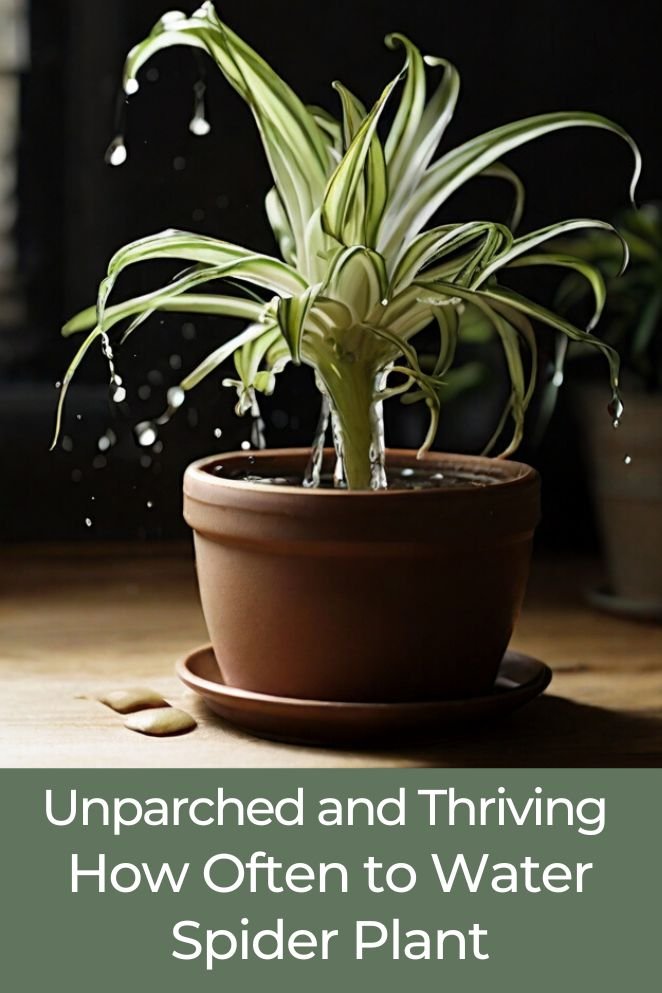
Proper watering is crucial for the growth and survival of your spider plant.
This article will guide you on the frequency and amount of water your spider plant needs, watering considerations during winter, and indicators of overwatering.
Additionally, we’ll provide bonus tips to help you maintain optimal hydration levels.
The article concludes with answers to some frequently asked questions, ensuring you have comprehensive insights into caring for your spider plant.
How Often to Water Spider Plant
Maintaining an appropriate watering schedule is crucial for the health of your spider plant.
While a general guideline is to water them weekly, individual factors may influence the frequency.
Here are user-friendly tips to help you determine when and how to water your spider plant:
- Read also: Brown Tips For Healthy Spider Plants
- Read also: Secrets of the Perfect Spider Plant Soil Mix
Check the soil
Assessing the soil moisture is a reliable indicator.
Insert your finger into the soil, and if the top inch or two feels dry, it’s time for watering.
This simple test ensures you respond to your plant’s specific hydration needs.
Water thoroughly
When it’s time to water, ensure thorough saturation.
Water the spider plant until you observe liquid flowing through the drainage holes at the pot’s base.
This method guarantees that the soil is adequately soaked, providing the plant with the right amount of water.
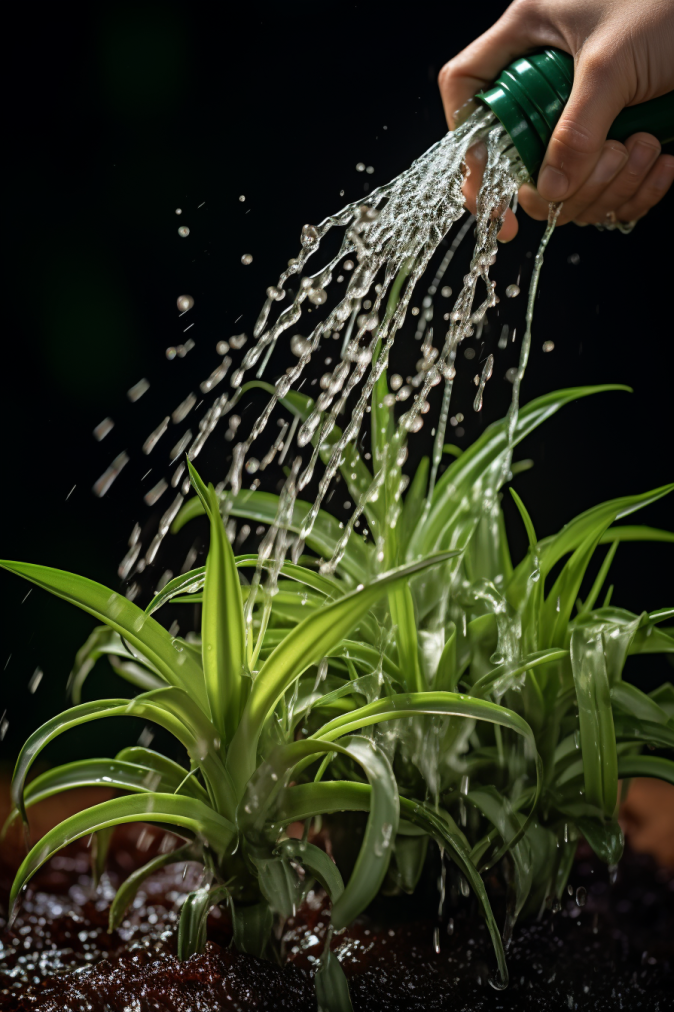
How Much Water Do Spider Plants Need?
Spider plants typically thrive with an average of one inch of water per week.
Achieving this can be done by either providing a thorough watering once a week or allowing the soil to completely dry out before the next watering.
This straightforward guideline helps ensure that your spider plant receives the appropriate amount of water to support its growth and well-being.
By adopting this balanced approach, you contribute to the optimal care of your spider plant, promoting a healthy and flourishing botanical companion.
How Often to Water Spider Plant in Winter?
In winter, adjusting your spider plant’s watering frequency is essential due to the typically drier indoor air.
During this season, aim to water your plant when the soil is approximately 50% dry.
Exercise caution to avoid overwatering, which can pose a risk of root rot, a common concern in the winter months.
By being mindful of these adjustments and adapting to the seasonal needs of your spider plant, you contribute to its overall health and resilience during colder periods.
How Do I Know if My Spider Plant Is Overwatered?
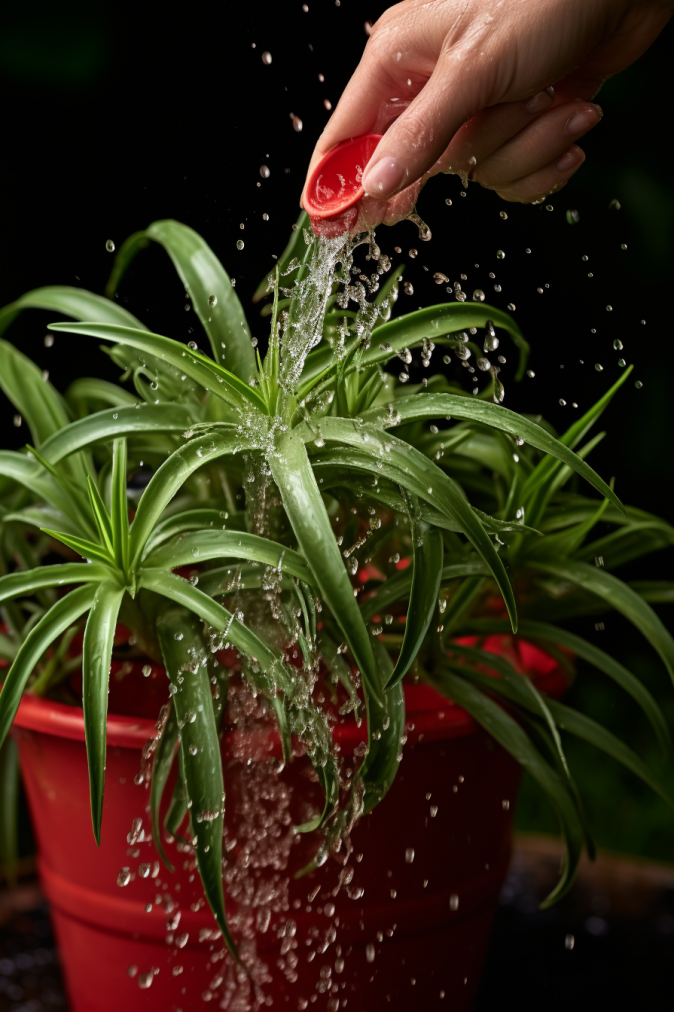
Overwatering is a common issue for spider plants, as they are sensitive to moisture levels.
Signs of overwatering include:
Yellowing leaves
Yellow leaves are a red flag for overwatering.
This discoloration suggests that the plant is receiving more water than it can effectively absorb.
Adjusting the watering frequency can help restore the plant’s vitality.
Stunted growth
Overwatering can impede the growth of your spider plant.
If you notice slow development or a lack of progress in new shoots, it may be an indication that the plant is experiencing excessive moisture.
Drooping leaves
Drooping leaves can signal overwatering.
While it may seem counterintuitive, excess water can lead to a lack of oxygen in the soil, causing the plant to exhibit signs of stress through drooping foliage.
Root issues
Overwatering is a primary cause of root rot, a condition that compromises the plant’s root system.
Signs include wilting, mushy roots, and a foul odor. If left unaddressed, root rot can be fatal for the plant.
Do Spider Plants Like to Stay Moist?
Spider plants thrive in soil that is consistently moist but not waterlogged.
While they can endure brief periods of standing moisture, prolonged waterlogging poses risks, primarily in the form of root rot and other related issues.
Understanding the distinction between maintaining a consistently moist environment and avoiding waterlogging is crucial for the well-being of your spider plant.
Consistent moisture ensures that the plant’s soil remains adequately hydrated, promoting healthy growth and development.
However, allowing water to linger excessively in the soil can lead to detrimental consequences, particularly in the root system.
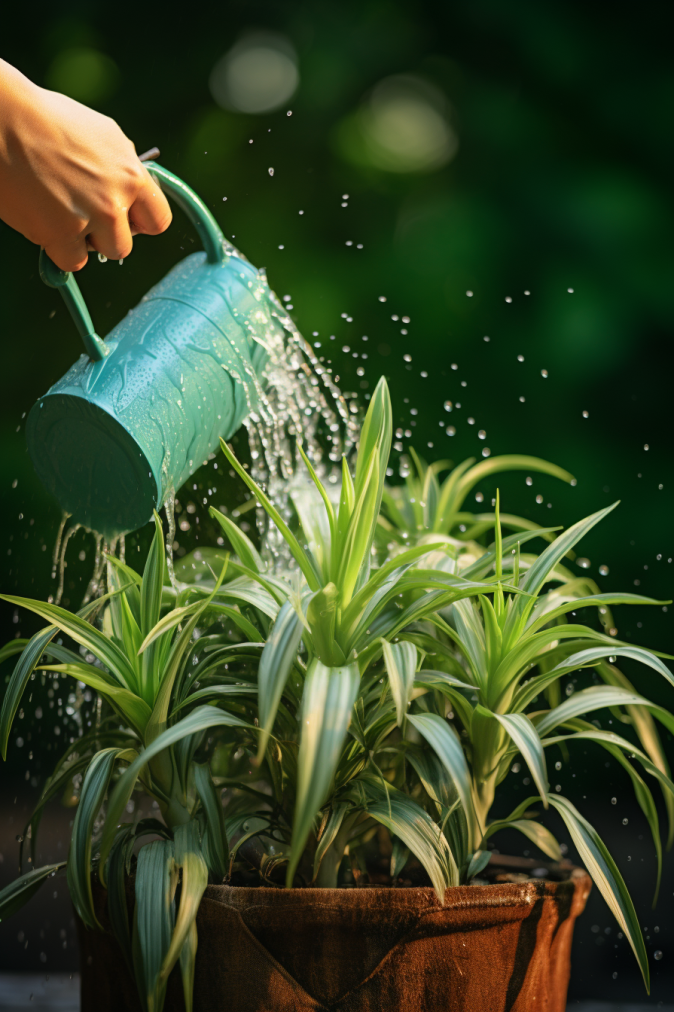
Common Misconceptions About Watering Spider Plants?
There are several misconceptions surrounding the watering practices for spider plants, and it’s crucial to debunk these myths for proper care.
Here’s a breakdown of common misconceptions:
Strict watering schedule
A prevalent misconception suggests adhering to a strict watering schedule for spider plants.
However, these plants thrive on a more flexible routine.
It’s essential to monitor the soil’s moisture levels and adjust watering based on specific plant needs rather than a rigid timetable.
1 inch of water per week
The idea that spider plants require exactly 1 inch of water per week is a myth.
While providing a general guideline, individual factors like temperature, humidity, and soil composition influence a plant’s water needs.
Adapting to specific conditions is crucial for proper hydration.
Overwatering is always harmful
Contrary to popular belief, overwatering is not always harmful to spider plants.
While excessive moisture poses risks, these plants can tolerate brief periods of standing water.
However, prolonged overwatering can lead to issues like root rot.
Understanding the balance between moist soil and waterlogging is key.
High adaptability to overwatering and underwatering
Another misconception is that spider plants are highly adaptable to both overwatering and underwatering.
In reality, while they can endure short periods of water scarcity or excess, prolonged imbalances can harm their health.
Consistency in watering practices is essential for sustained well-being.
Bonus Tips for Hydration Bliss
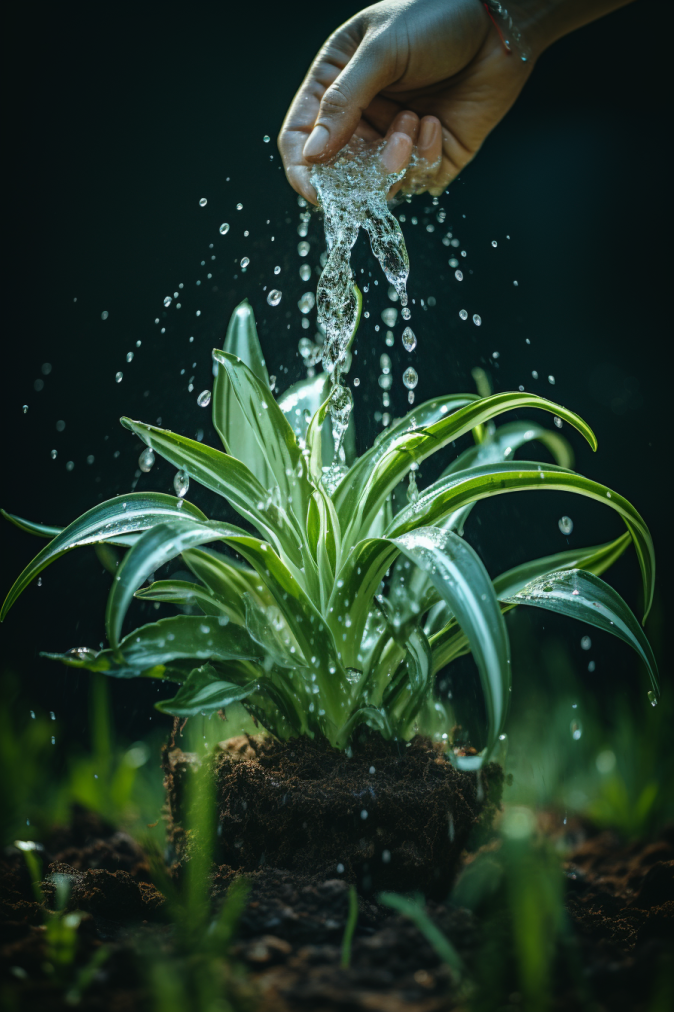
Achieving hydration bliss for your spider plant involves more than just watering.
Here are some detailed bonus tips to enhance your plant care routine:
Check the soil
Regularly assess the soil moisture by using your finger to gauge the top inch or two.
Water your spider plant when this part of the soil feels dry to the touch.
This tactile method ensures a personalized approach to watering based on your plant’s unique needs.
Water thoroughly
Ensure effective hydration by watering your spider plant until liquid flows through the drainage holes at the pot’s bottom.
This practice guarantees thorough soil saturation, allowing the plant to receive a sufficient amount of water for its growth and development.
Allow the soil to dry
Promote a healthy root system and prevent issues like root rot by allowing the soil to dry out completely between waterings.
This intermittent drying period ensures that your spider plant maintains an optimal balance of moisture, preventing overwatering-related complications.
Adjust for humidity
Consider your home’s humidity levels when determining watering frequency.
Higher humidity may necessitate less frequent watering, while lower humidity might require more regular hydration.
Adjusting your watering routine based on environmental factors ensures a harmonious relationship between your spider plant and its surroundings.
- Read also: Unraveling the Mystery of Spider Plant Soil Type
- Read also: Hawaiian Spider Plant vs Spider Plant
Conclusion
Ensuring the proper watering of your spider plant is vital for its growth and longevity.
By adhering to these guidelines and staying attuned to your plant’s requirements, you contribute to its thriving health.
Regularly check the soil moisture and modify your watering routine accordingly to prevent potential problems like overwatering that may adversely affect your plant.
This attentive and responsive approach supports the overall well-being of your spider plant, fostering an environment conducive to its flourishing.
FAQs
Yes, you can use tap water for your spider plant, as long as it is not too hot or cold. Tap water is fine for spider plants, but distilled or filtered water is even better.
Water your spider plant until liquid flows through the drainage holes at the bottom of the pot, ensuring that the soil is thoroughly saturated and the plant receives an adequate amount of water.
Signs of overwatering include yellowing leaves, stunted growth, drooping leaves, and root issues.
Allow the soil to dry out completely between waterings. This helps prevent root rot and ensures your spider plant receives the right amount of water.
The best time to water your spider plant is when the soil is about 50% dry, but be cautious not to overwater, as this can lead to root rot during the winter months.



